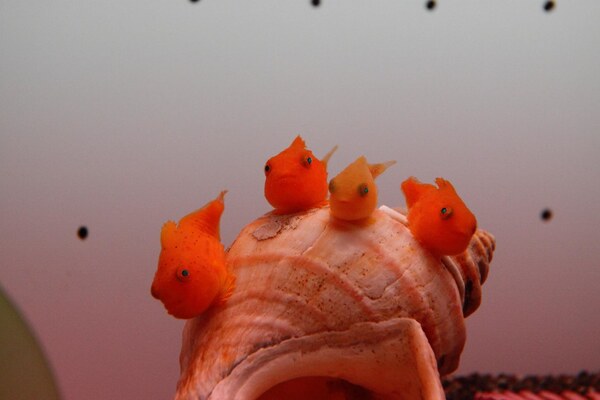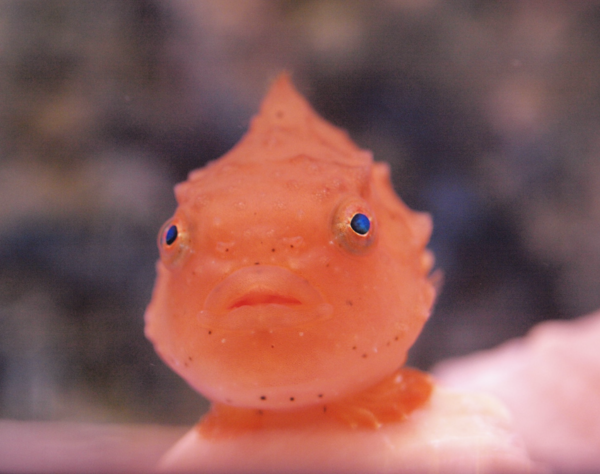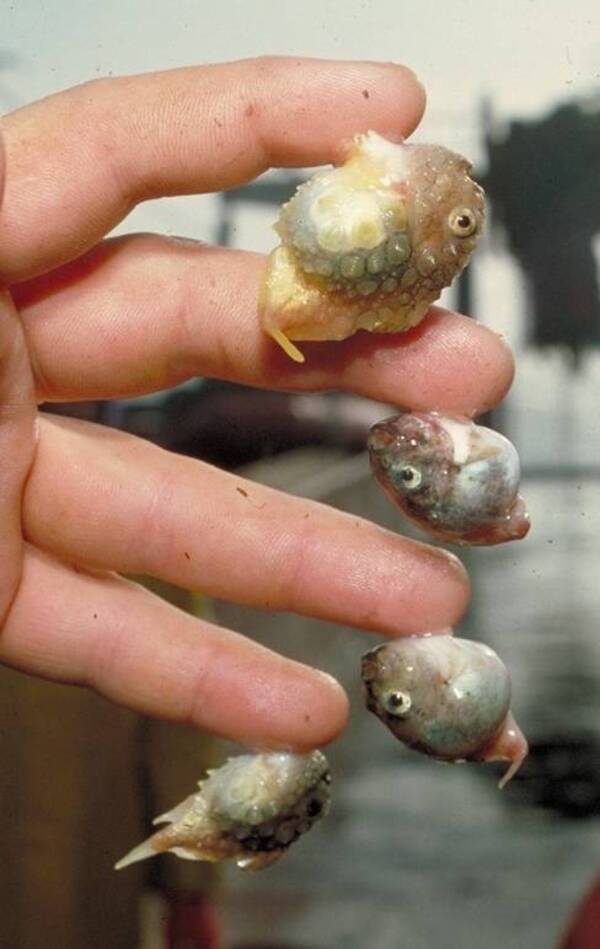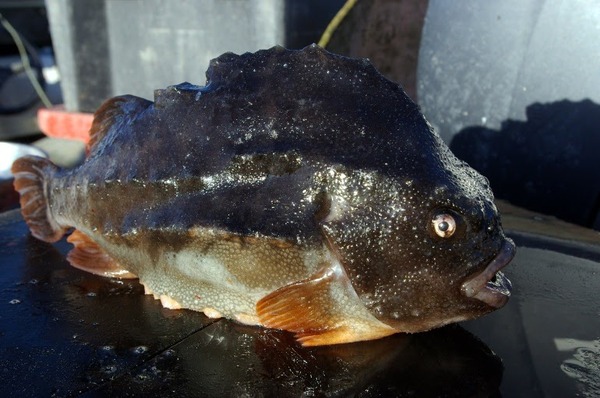Frequently Asked Questions (FAQs)
When we talk about fish with a unique appearance and fascinating biological features, Cyclopterus Lumpus, commonly known as the lumpsucker fish, surely stands out. This small, quirky fish is famous for its suction disc that helps it stay attached to rocks, seaweed, and other surfaces in the ocean. In this article, we’ll explore everything you need to know about the lumpsucker, from its anatomy to its habitat, diet, and commercial importance.

Cyclopterus Lumpus, also known as the lumpsucker, is a species of marine ray-finned fish in the family Cyclopteridae. It is widely recognized for its ball-like body, which is covered in bony tubercles. The fish’s most notable feature is its pelvic suction disc, which allows it to attach strongly to rocks and other underwater surfaces. Lumpsuckers are commonly found in the North Atlantic and parts of the Arctic Ocean.
The lumpsucker is a sexually dimorphic species, meaning males and females differ in size, with females typically being larger. The fish is relatively small, but it can grow to about 50 cm in length, and sometimes even up to 61 cm in exceptional cases.
The most fascinating feature of the lumpsucker is its suction disc, formed by modified pelvic fins. This disc helps the fish adhere firmly to rocks, coral, or even seaweed in strong ocean currents, ensuring it doesn’t get washed away.
The lumpsucker has a robust, round body with a knobbly, ridged back. Its skin is thick and covered in bony tubercles. While the coloration of the lumpsucker varies, it is generally bluish, olive, or brown. Male lumpsuckers change to a vibrant orange or reddish color during the breeding season.

Lumpsuckers can live up to 12 years in the wild, though their lifespan is typically shorter in environments with high fishing pressures. Their life expectancy is often influenced by the availability of food and environmental factors.
The lumpsucker is native to the North Atlantic and Arctic Ocean regions. They are found in coastal waters, often in rocky, shallow areas. However, during certain life stages, lumpsuckers can migrate to the pelagic zone, where they spend time in deeper waters.
The fish can be found in countries like Iceland, Norway, and Greenland, with the North Sea and Baltic Sea also being areas where lumpsuckers can be encountered. They are especially prevalent in the colder waters of these northern seas, although sightings have also been recorded in the Mediterranean and parts of the North American coast.
The life cycle of the lumpsucker begins in shallow tidal pools, where young lumpsuckers hatch and spend their early months. As they mature, they move to deeper, open waters, often at depths of 50 to 60 meters. Once sexually mature, lumpsuckers return to coastal areas to spawn.
During the breeding season, lumpsuckers exhibit interesting behavior. Male lumpsuckers become brighter in color, changing to shades of orange or red to attract females. A female can lay between 50,000 to 220,000 eggs during one spawning season. These eggs are laid in shallow coastal areas and are often guarded by the male, who fans them with his fins to keep them oxygenated.
The males build nests on rocky seabeds, often in shallow waters or even in the intertidal zone. After the eggs hatch, the males continue to guard the juvenile fish until they are ready to leave the nest.

Lumpsuckers are opportunistic feeders. Their diet consists mainly of gelatinous zooplankton, fish eggs, and small crustaceans. They feed by suction, using their modified jaws and mouthparts to suck in food while staying attached to a surface.
As juveniles, they often feed on smaller plankton, while adults may consume larger prey like small fish and crustaceans. The lack of a swim bladder and the presence of a suction disc are important adaptations that help the lumpsucker survive in its specific ecological niche.
Lumpsuckers are known for their suction disc, which enables them to attach to surfaces like rocks and seaweed in order to withstand strong currents. They are also known for their nighttime behaviors: the fish often spends more time in the pelagic zone at night, and closer to the seabed during the day.
Interestingly, lumpsucker juveniles are biofluorescent, meaning they emit a green light when exposed to UV light. While the purpose of this biofluorescence is still unclear, it is thought to play a role in communication or camouflage.
One of the most significant commercial uses of the lumpsucker is for its roe, which is processed into lumpfish caviar. This cheaper alternative to traditional caviar is popular in various parts of the world, especially in Scandinavia.
Fishing for lumpsuckers is an important industry in Iceland and Greenland, where fish are caught in gillnets during spawning seasons. The roe is removed and salted, then often exported to markets, particularly in China.
In Iceland, male lumpsuckers are also targeted for their meat, which is salted and smoked, or boiled. The female lumpsuckers, though rarely eaten fresh, are sometimes prepared as a traditional dish called sigin grásleppa.
The lumpsucker is listed as Near Threatened on the IUCN Red List due to pressures from overfishing, particularly from the caviar industry. However, populations in Iceland and Norway are currently considered healthy and stable, with sustainable fishing practices being implemented. In contrast, Canada's lumpsucker population has declined sharply, and the species has been classified as threatened.

Conservation efforts include monitoring fish populations, controlling fishing quotas, and promoting sustainable fishing practices. Additionally, the Marine Stewardship Council (MSC) has certified the fisheries in Iceland and Norway to ensure sustainable harvesting of lumpsuckers.
The lumpsucker fish, Cyclopterus Lumpus, may not be as famous as other marine species, but its unique physical characteristics and fascinating behaviors make it a standout in the ocean. Whether it's its suction disc, breeding rituals, or important role in the commercial caviar industry, the lumpsucker is an essential part of marine life in the North Atlantic and Arctic regions. Its conservation and sustainable fishing practices are crucial to maintaining its population in the wild.
A lumpsucker, scientifically known as Cyclopterus Lumpus, is a marine fish recognized for its suction disc, which helps it attach to underwater surfaces like rocks and seaweed.
Lumpsuckers can live up to 12 years, although their lifespan may vary based on environmental factors and fishing pressures.
Lumpsuckers are valued for their roe, which is used to produce cheaper lumpfish caviar, a substitute for traditional caviar.
Lumpsuckers feed on gelatinous zooplankton, small fish eggs, and crustaceans.
They are mainly found in the North Atlantic, Arctic Ocean, and parts of Greenland and Iceland, though sightings have also been reported in the Mediterranean.